Amp performance
What makes the D3 really tick is the strong, high-voltage LME49726 headphone amp. It has more than enough juice push headphones like the 600Ω DT880 to too-loud levels. And, it can power my new favourite, Dan Clark’s Alpha Dog headphones with verve. Yes. The D3 has power enough for pretty much any headphone. The corollary to that is that earphones get mad loud, and mad soon. I keep my iMac’s output to about half, and then nudge the software volume control in iTunes or Quicktme to about 10%. In Audirvana, I am comfortable listening to volumes of up to 2 steps through the Ultrasone IQ, or 3 with any other earphone.
That power is backed by good, but not great current into low-Ω loads. The sweet spot is the portable headphone. Here are the reasons:
Low distortion
Aberration-free frequency response and stereo signals
Amelioration of signal noise
Super-sensitive earphones like the Ultrasone IQ hiss, but at levels at which most audiophiles are accustomed to hearing. Those levels are slightly higher than the iRiver AK240, or much lower than an iPod 5G or iRiver AK100/120. My all-time favourite earphone, the Grado GR10, also hisses, but just barely. But anything from post-SM2 Earsonics, in particular, the awesome Velvet, is free from hiss. Lear’s BD4,2 is much the same.
I have not measured the output impedance of the D3, but according to Audioengine, it is supposed to be 10Ω. The story isn’t written completely there. If that spec is to be believed, the D3’s rather high-output impedance should be smashed to smithereens when driving basically any earphone out there. Instead, it drives low-Ω loads with a minimum of aberration. It supplies ample current for most popular audiophile earphones. Even when driving the SM2, bass drop off and the over-excitement upper midrange typical to current-starved earphones, is minimal, and just barely audible. Still, the D3’s sweet spot is portable headphones. Starting at portable headphones, and going up from there, the D3 steps into its own.
That’s all to say that if you’re a Dubstep fan, and your favorite headphones are the Grado GR10 (imagine that), you will miss a bit of the deep bass groan you crave. But plug in any portable or HiFi headphone and Whoomp! There It Is.
The D3’s amp delivers unimpeded stereo separation and signals integrity to most earphones. Again, low-Ω earphone owners may notice the odd uptick in upper mids, and the slight loss of bass detail, but that loss is minimal. Overall, the diminutive D3 delivers a good, if not excellent listening experience to pretty much every earphone out there. In no way does it impede the performance of the DAC.
One thing to note: while the Alpha Dog gets loud, and sounds pretty good through the D3, there are slightly better ways to enjoy it. Still, the D3 is a good upgrade to every computer on-board headphone amp I have heard. If it’s an upgrade to your onboard that you’re Jonsing for, the D3 packs a punch. It is just way, way, way cleaner, and especially if you’re stuck with a low-cost notebook, much more powerful.
I would be remiss of me if I didn’t share with you that the D3’s advertising copy on the elimination of bus noise is true. Here’s what Audioengine say:
The D3 is powered directly from the USB bus and power is passed through two stages of regulation to ensure no USB bus power variations affect the audio quality. This low-noise, low-ripple power supply is located on a separate circuit board for extra isolation and thermal management.
And the truth is that the nicks and ticks, not to mention the bloops, bleeps, and coughs, that sometimes can be heard over bus-powered devices, are not audible through the D3. The only aberration is the D3’s modicum of signal noise, which of course, is present in all audio devices, great and small.
DAC performance
Besides power, D3 has a very decent DAC interface. First, everything just runs. If you use OSX, there are no settings to change. If you have the right application at your disposal (mine’s Audirvana for OSX), even DSD files sample over DSD over PCM perfectly. The D3’s DAC downsamples rates of up to 192kHz to its native 96kHz for hiccup-free playback.
Second, the sound of its AK4396 DAC produces is a mix of smooth, of mid-driven, and of the gently rolled. Most of its definition huddles in the upper mids and bass. Highs are smoothed out more than is typical for a device in the price range. I consider it a nice change. There is in fact a noticeable treble roll off that finishes just shy of 20kHz. That roll off smooths out brash elements, but it also masks detail in the highs. Even that helps the mids stand out that much more.
Contrast is mid-centric, giving the D3 a laid-back signature. Stereo image, too, is laid back. Actual stereo separation falls into the measurable stuff typical of valve amps. Because so much of the signal prefers the midrange, detail, and separation within mids, is natural, especially for headphone use. There’s no way for the D3 to dizzy-up poorly-recorded albums.
Transitions within all spectra are smooth. Again, they lead toward an expressive mid section. Stereo imaging is like a big balloon just around your head. Many of the cues come from the left and right, and filter toward the middle, where atmospheric cues fill in the details. You won’t be picking out the smallest of stereo details through it, but you’ll get a prettier picture of what’s going on. Holistic, not atomistic.
That’s to say that the D3 is probably a better match for progressive rock, and jazz, and folk, than it is for trance and industrial dubstep. Experiments from The Alan Parsons Project, in particular I Robot, really do deserve the mellowing, beautifying touch the D3 gives. That’s all to say that the D3 really is a pleasing thing through which to enjoy your music.
Conclusion
It’s hard not to be impressed by the D3. It’s small. It’s done up in brushed aluminum. It’s powerful. And, as long as harsh contrast isn’t your thing, it sounds very good. In fact, it is perfectly comfy in a decent computer audiophile setup, especially when fed by quality signal from the likes of Audirvana. It drives nearly every headphone, and its softer stereo image is perfectly matched to headphone listening.
Finally, adding to all its pluses a truly plug-and-play interface, and doing the iPod shuffle lookalike thing makes it an instant winner.







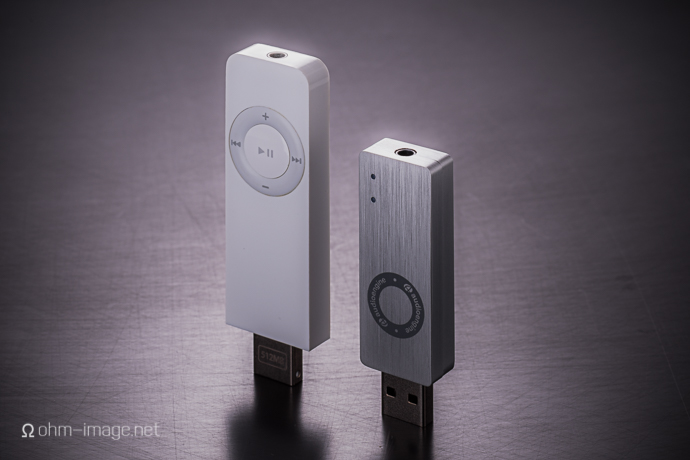
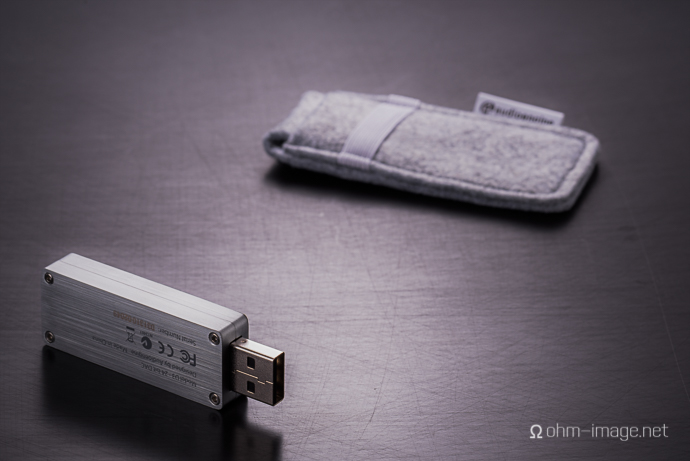
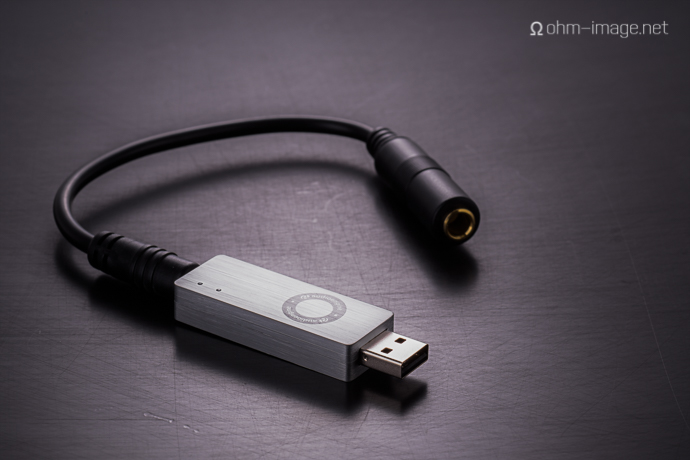
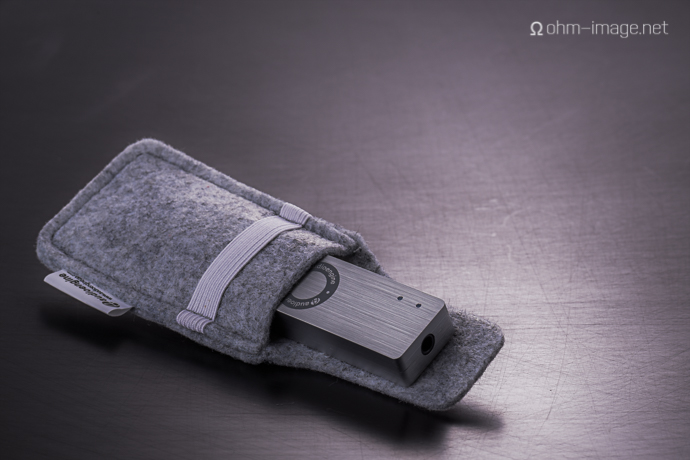
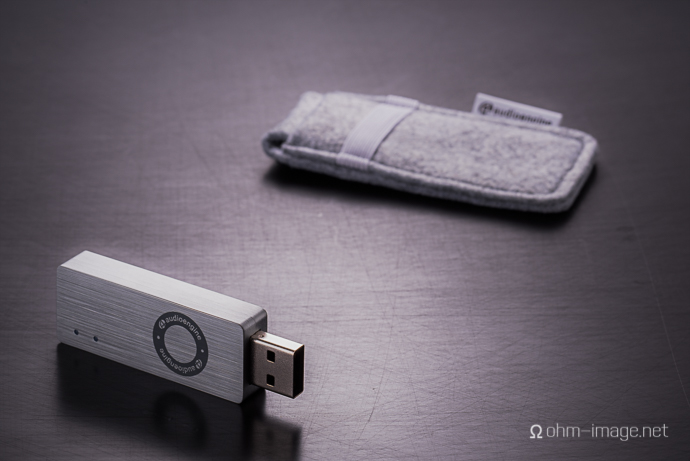
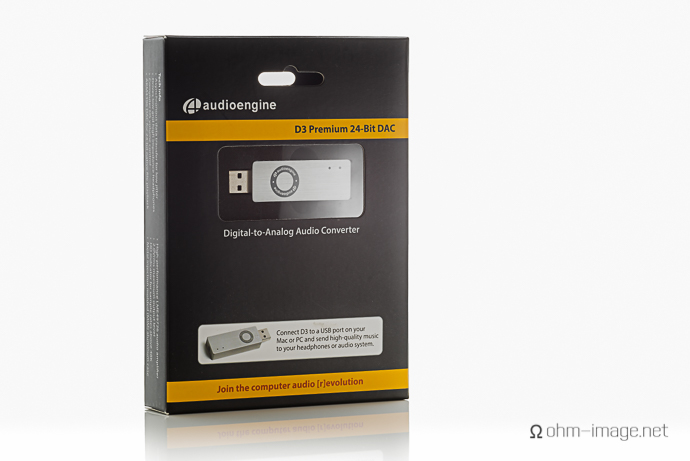
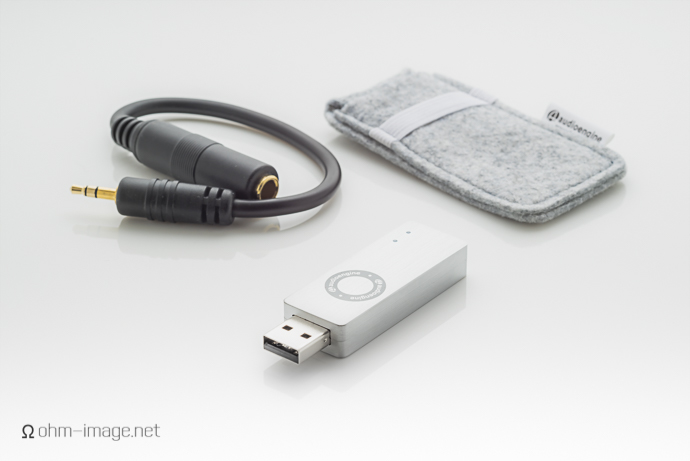
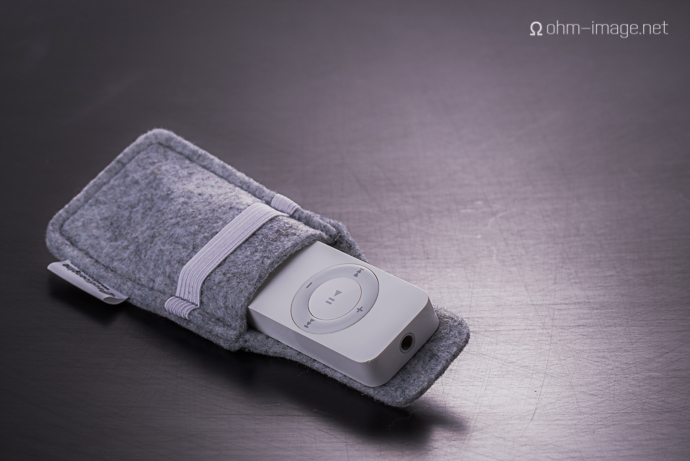
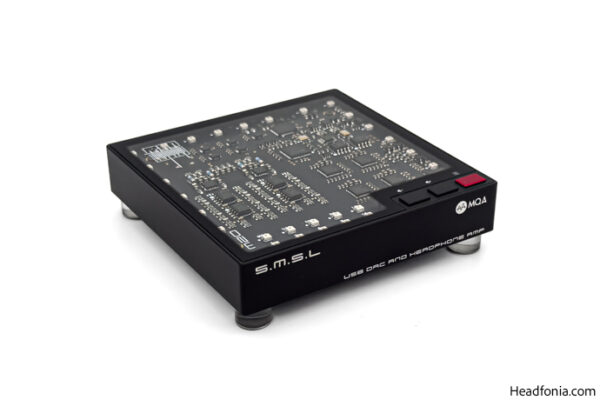
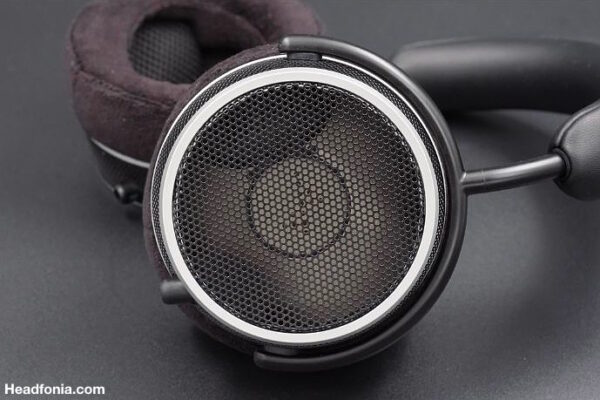
dalethorn
I didn’t do the quality of analysis that’s in this review with my D3, but I found the sound to be smooth and mellow, so that agrees with Nathan’s experience with his sample.
ohm image
Agreed. 😉
George Lai
I’ve always liked their products and the D1 and A2+ are still my to-go on my iMac. Not entirely relevant to this review, I know.
dalethorn
The D1 is like the D3, but with a volume knob and extra outputs. Also bigger, and doesn’t sound quite as good IMO.
ohm image
WAY bigger. The extra outputs really put the D1 in a different utility bracket.
ohm image
I would imagine that the two are quite alike. Actually, I will be doing the D1 as well. Also, it appears as if cool things are coming for the D3.